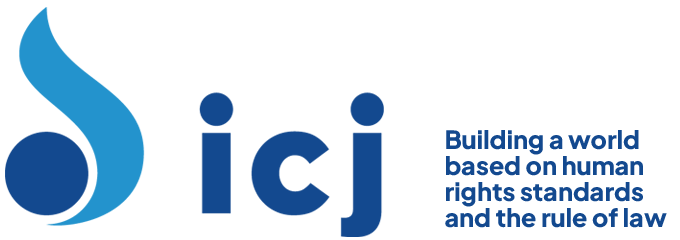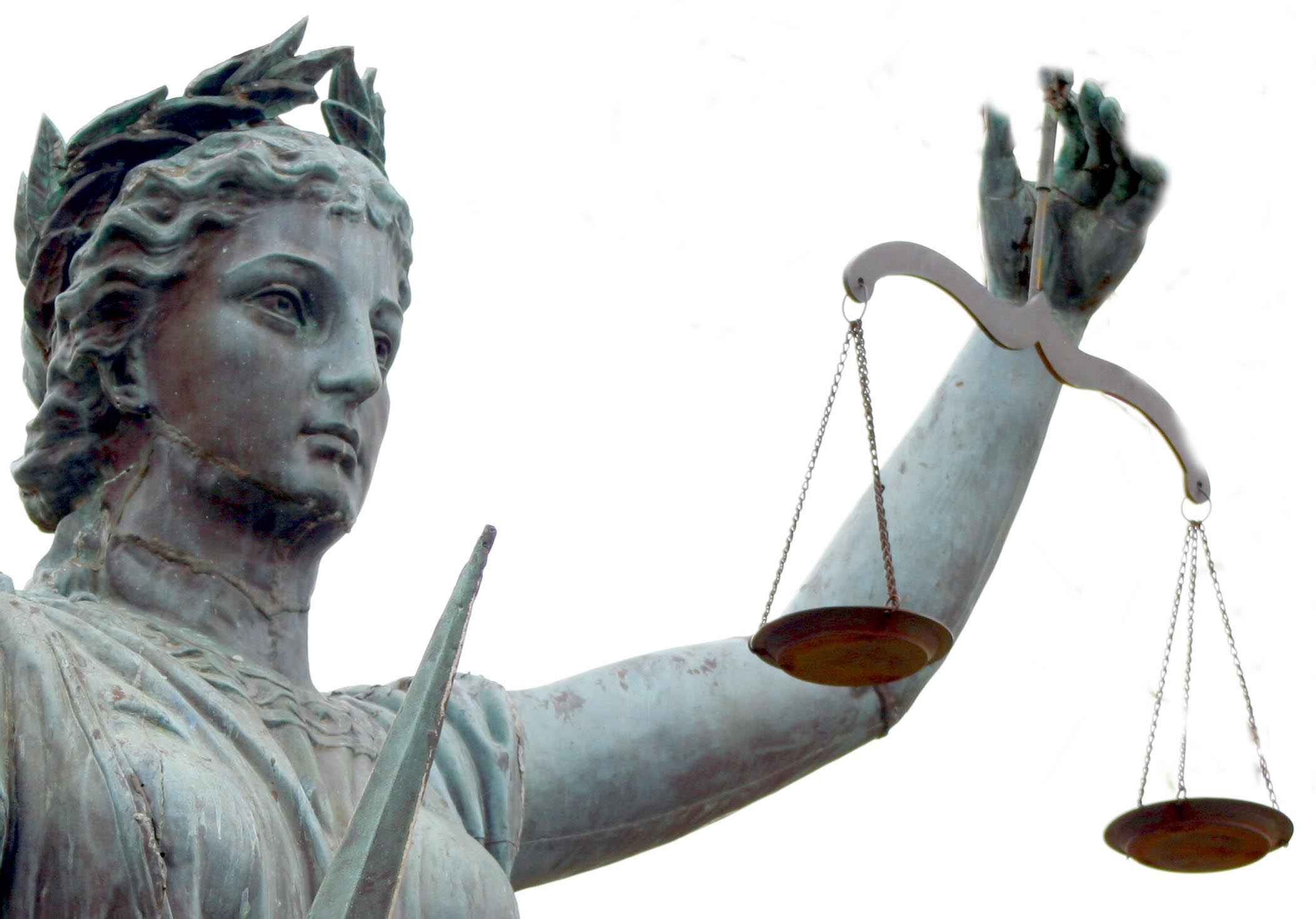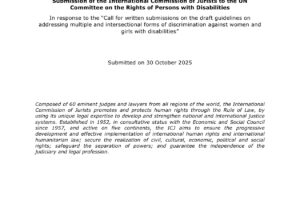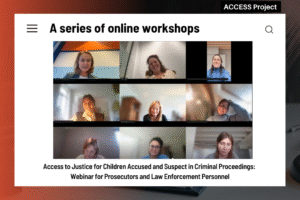In August 2003, Prime Minister General Khin Nyunt announced a “Seven Step Roadmap to Democracy”.{{8}} In September 2007, in the midst of anti-government protests popularly known as the “Saffron Revolution”, the National Convention finished drafting a new Constitution. It was approved in a referendum held in the immediate wake of Cyclone Nargis in May 2008.{{9}} In November 2010, the first general election in 20 years was organized, which was widely criticized as neither free nor fair; the NLD boycotted the elections because many of its prominent members were barred from standing.{{10}} In March 2011, Thein Sein assumed the presidency and the new Constitution came fully into force. In April 2012, by-elections were organized in which the NLD participated (and won all but one of the 44 contested seats), and which were generally felt by international observers to reflect the popular will.{{11}}
The 2008 Constitution provides for separation and distribution of powers between the executive, legislative and judicial branches, the establishment of judicial and quasi-judicial bodies for Constitutional review and the creation of devolved government structures. It also provides for fundamental rights and the rule of law, although many of those provisions are couched in caveats and qualifiers.{{12}}
The Constitution codifies immunity for acts committed by the former military regime and its officials in the execution of their duties, including for past human rights violations; {{13}} affords the military effective veto power over any Constitutional amendments by reserving for military personnel large numbers of seats in legislative bodies;{{14}} and provides for exclusive military jurisdiction over members of the military.{{15}}
Existing laws, regulations, by-laws, notifications, orders, and directives and procedures, remain in force insofar as they are not contrary to the Constitution and until and unless they are repealed by Parliament or government.{{16}} As Myanmar’s representatives at its Universal Periodic Review before the UN Human Rights Council conceded, much of the previously applicable law may not be in accord with the new Constitution.{{17}} A number of existing laws and provisions, many dating from the period of the military dictatorship, also contravene international human rights law and standards.{{18}}
[[8]] 8. Speech by Khin Nyunt, New Light of Myanmar, 31 August 2003. http://www.ibiblio.org/obl/docs/how10.htm (Accessed 20 March 2014). The steps were: 1. Reconvening the National Convention; 2. Step by step implementation of the process necessary for the emergence of a genuine and disciplined democratic system; 3. Drafting a new Constitution in accordance with basic principles and detailed basic principles laid down by the National Convention; 4. Adoption of the Constitution through referendum; 5. Holding free and fair elections for the legislative bodies (Hluttaw); 6. Convening of the Hluttaw; 7. Building a modern, developed and democratic nation by the state leaders elected by the Hluttaw and the government and other central organs formed by the Hluttaw.[[8]]
[[9]]9. International commentators unanimously dismissed the entire process as a sham. For a detailed critique of the process, see Human Rights Watch, Vote to Nowhere: the May 2008 Constitutional Referendum in Burma (May 2008). Also see International Center for Transitional Justice, Impunity Prolonged: Burma and its 2008 Constitution (September 2009), p. 7-9.[[9]]
[[10]]10.See for example International Crisis Group, Update briefing: Myanmar’s Post-Election Landscape, Asia Briefing No. 118, Jakarta/Brussels (7 March 2011); The Public International Law & Policy Group, The 2010 Burmese Elections: Neither Free nor Fair (8 November 2010).[[10]]
[[11]]11. IBAHRI, The Rule of Law in Myanmar: Challenges and Prospects (December 2012), p. 23; UNDP, Democratic Governance in Myanmar: Preliminary Situation Analysis (July 2012), pp. 3-6.[[11]]
[[12]]12. UNDP, Democratic Governance in Myanmar: Preliminary Situation Analysis (July 2012), pp. 6-7; IBAHRI, The Rule of Law in Myanmar: Challenges and Prospects (December 2012), pp. 30-32, 34; DLA Piper, Perseus Strategies and Jacob Blaustein Institute, Myanmar Rule of Law Assessment (March 2013), p. 46; Human Rights Watch, Vote to Nowhere: the May 2008 Constitutional Referendum in Burma (May 2008), pp. 47-48.[[12]]
[[13]]13. Constitution, [expand title=”S. 445.”]445. All policy guidelines, laws, rules, regulations, notifications and declarations of the State Law and Order Restoration Council and the State Peace and Development Council or actions, rights and responsibilities of the State Law and Order Restoration Council and the State Peace and Development Council shall devolve on the Republic of the Union of Myanmar. No proceeding shall be instituted against the said Councils or any member thereof or any member of the Government, in respect of any act done in the execution of their respective duties.[/expand] [[13]]
[[14]]14. Constitution, [expand title=”S. 109″]The Pyithu Hluttaw shall be formed with a maximum of 440 Hluttaw representatives as follows: (a) not more than 330 Pyithu Hluttaw representatives elected prescribing electorate in accord with law on the basis of township as well as population or combining with an appropriate township which is contagious to the newly-formed township if it is more than 330 townships; (b) not more than 110 Pyithu Hluttaw representatives who are the Defence Services personnel nominated by the Commander-in-Chief of the Defence Services in accord with the law.[/expand] and [expand title=”S. 141.”] The Amyotha Hluttaw shall be formed with a maximum of 224 Hluttaw representatives as follows : (a) 168 Amyotha Hluttaw representatives elected in an equal number of 12 representatives from each Region or State inclusive of relevant Union territories and including one representative from each Self-Administered Division or Self-Administered Zone; (b) 56 Amyotha Hluttaw representatives who are the Defence Services personnel nominated by the Commander-in-Chief of the Defence Services in accord with the law, four representatives from each Region or State inclusive of relevant Union territories; (c) in forming the Amyotha Hluttaw as mentioned in Sub-Sections (a) and (b), the relevant Union Territory means the Union Territories, prescribed under the Constitution, or prescribed by law of the Pyidaungsu Hluttaw, which are inclusive in State or Division, Region or State for the purpose of electing the Amyotha Hluttaw representative. [/expand] respectively reserve 110 of 440 total seats in the lower house, and 56 of 224 total seats in the upper house for Defence Services personnel nominated by the Commander-in-Chief. [expand title=”S. 436″]436. (a) If it is necessary to amend the provisions of Sections 1 to 48 in Chapter I, Sections 49 to 56 in Chapter II, Sections 59 and 60 in Chapter III, Sections 74, 109, 141 and 161 in Chapter IV, Sections 200, 201, 248 and 276 in Chapter V, Sections 293, 294, 305, 314 and 320 in Chapter VI, Sections 410 to 432 in Chapter XI and Sections 436 in Chapter XII of this Constitution, it shall be amended with the prior approval of more than seventy-five percent of all the representatives of the Pyidaungsu Hluttaw, after which in a nation-wide referendum only with the votes of more than half of those who are eligible to vote. (b) Provisions other than those mentioned in Sub-Section (a) shall be amended only by a vote of more than seventy-five percent of all the representatives of the Pyidaungsu Hluttaw.[/expand] of the Constitution requires a 75 per cent majority to ratify any amendment to the Constitution, de facto giving the military a veto.[[14]]
[[15]]15. Constitution, [expand title=”S. 20(b)”]The Defence Services has the right to independently administer and adjudicate all affairs of the armed forces.[/expand] establishes that “The Defence Services has the right to independently administer and adjudicate all affairs of the armed forces” and [expand title=”S. 319″]According to Sub-Section (b) of Section 293, the Courts-Martial shall be constituted in accord with the Constitution and the other law and shall adjudicate Defence Services personnel.[/expand] establishes that “The Courts-Martial shall be constituted in accord with the constitution and the other law and shall adjudicate Defence Services personnel”[[15]]
[[16]]16. Constitution, [expand title=”S. 446-447.”]
446. Existing laws shall remain in operation in so far as they are not contrary to this Constitution until and unless they are repealed or amended by the Pyidaungsu Hluttaw.
447. Existing rules, regulations, by-laws, notifications, orders, directives and procedures shall remain in operation in so far as they are not contrary to this Constitution until and unless they are repealed or amended by the Union Government.[/expand] [[16]]
[[17]]17. Human Rights Council, Report of the Working Group on the Universal Periodic Review of Myanmar, Addendum: Views on conclusions and/or recommendations, voluntary commitments and replies presented by the State under review, UN Doc. A/HRC/17/9/Add.1/ (27 May 2011), [expand title=”para. 10.”] Recommendations 106.21, 106.22, 106.35, 106.45 In his first inaugural address, the President of the Republic of the Union of Myanmar stated to review laws to be in line with the State Constitution. The ministries concerned are in the process of reviewing the laws they executed to be in line with the State Constitution and the international norms. In addition, the President has formed the legal advisory committee and advisory group to facilitate the review of legal matters including domestic legislature.[/expand] See: UNDP, Democratic Governance in Myanmar: Preliminary Situation Analysis (July 2012), p. 7; IBAHRI, The Rule of Law in Myanmar: Challenges and Prospects, December 2012), p. 41.[[17]]
[[18]]18. Ojea Quintana, Special Rapporteur on the situation of human rights in Myanmar, Report to the General Assembly, UN Doc. A/67/383 (25 September 2012), [expand title=”para. 95(c);”] (c) Accelerate efforts to review and reform legislation and legal provisions that contravene international human rights standards with clear target dates for the conclusion of the review. The review should include the Act to Safeguard the State Against the Dangers of Those Desiring to Cause Subversive Acts (1975, known as the State Protection Act); the Emergency Provisions Act (1950); the Printers and Publishers Registration Act (1962); the Law Protecting the Peaceful and Systematic Transfer of State Responsibility and the Successful Performance of the Functions of the National Convention against Disturbance and Oppositions (1996); the Law Relating to Forming of Organizations (1988); the Television and Video Law (1985); the Motion Picture Law (1996); the Computer Science Development Law (1996); the Unlawful Associations Act (1908); the Electronic Transactions Law (2004); sections 143, 145, 152, 505, 505 (b) and 295A of the Penal Code; the Code of Criminal Procedure; the Official Secrets Act (1923); and the Wireless Telegraphy Act (1933);[/expand] DLA Piper, Perseus Strategies and Jacob Blaustein Institute, Myanmar Rule of Law Assessment,(March 2013), p. 29.[[18]]



